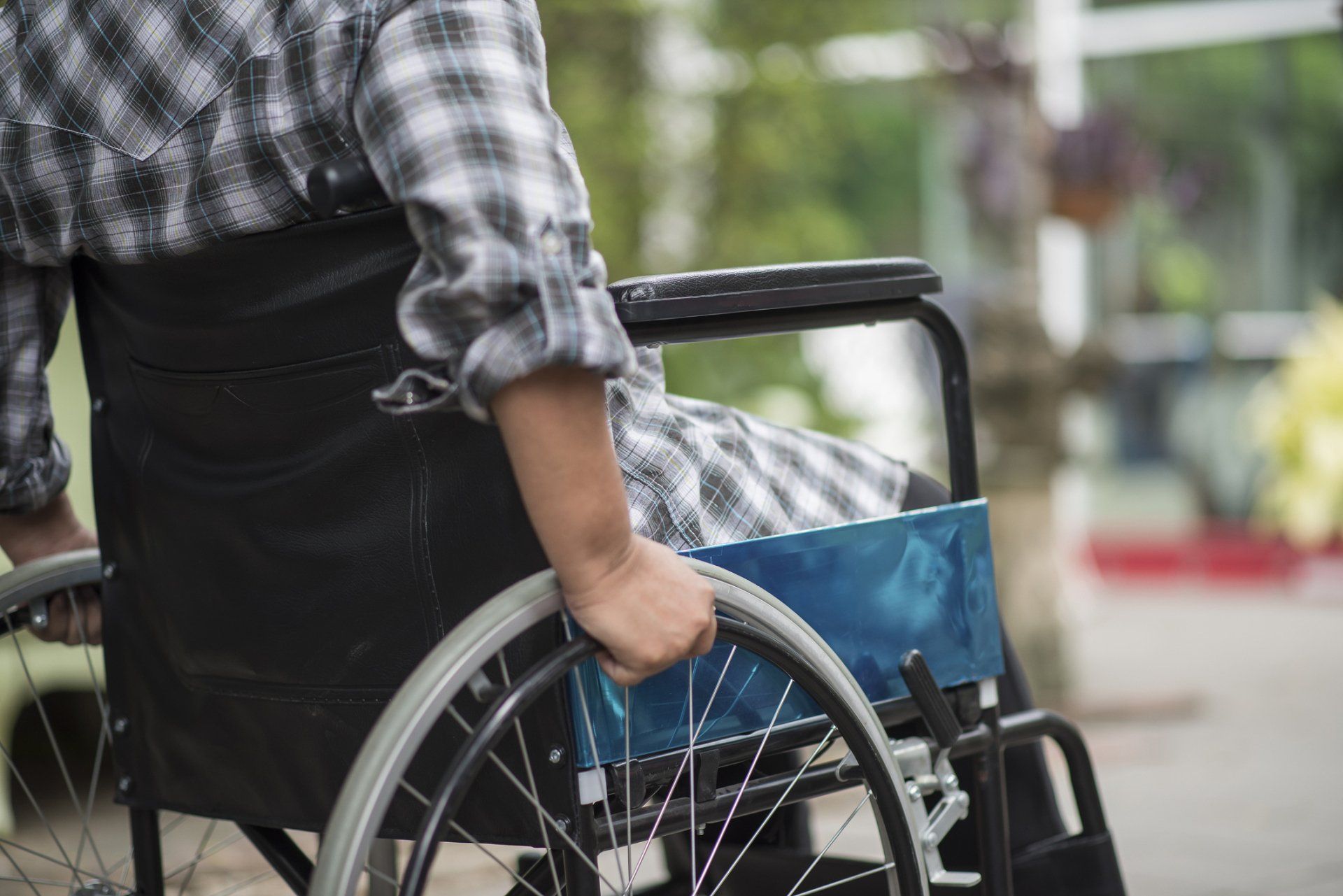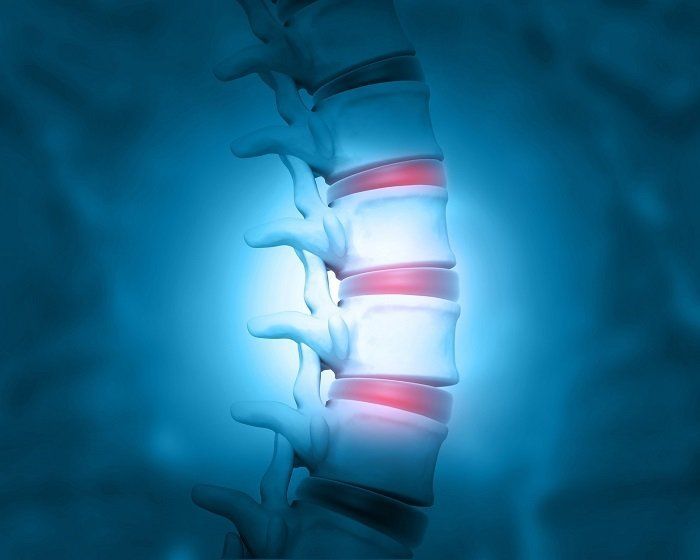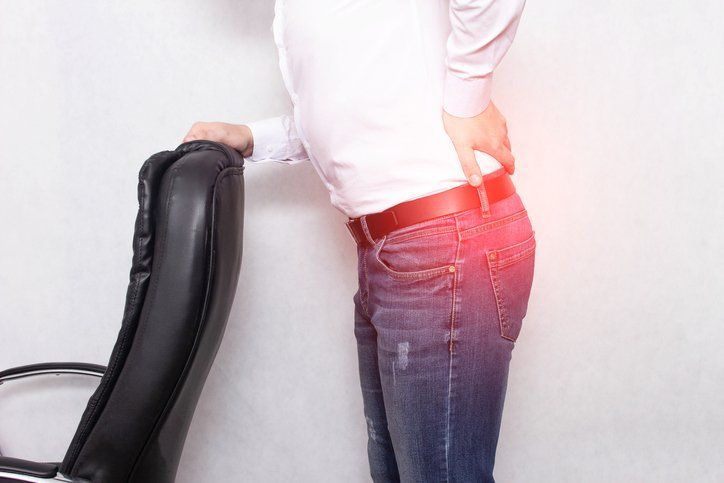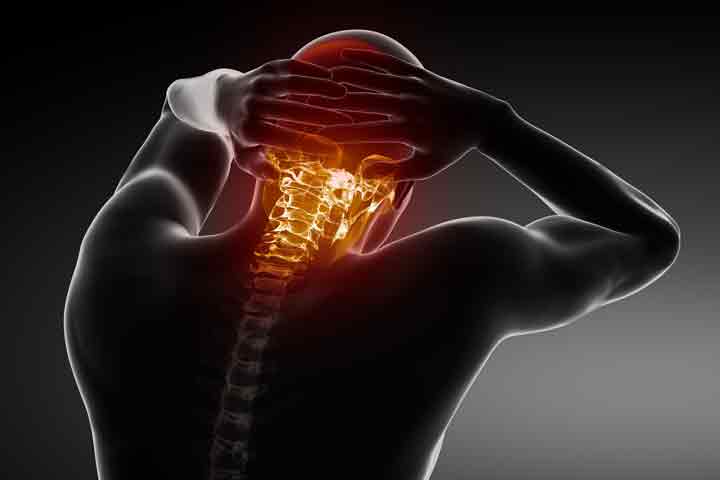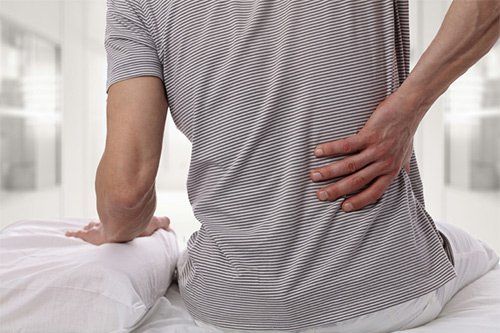Osteoporosis Treatment
Management of Pain Caused by a Spinal Compression Fracture
If you have osteoporosis, you may suffer pain due to a vertebral fracture. Although some people feel little or no pain from a spinal fracture, other individuals experience intense pain that continues even after the fracture heals. But you need not suffer from chronic pain in silence. There are a number of spine fracture treatment options available.
Medications for Back Pain
Doctors generally recommend over-the-counter pain relievers such as aspirin, acetaminophen or ibuprofen as a first treatment option for acute pain, including back pain caused by compression spinal fractures. Although these medicines often help with moderate pain, they can cause stomach upset, gastrointestinal bleeding, or irritated stomach lining. Prolonged use may even lead to liver disease.
For more severe pain, your doctor may prescribe stronger pain medications such as anti-inflammatory drugs or narcotics that you can take for only a short time. If you suffer chronic pain caused by osteoporosis, antidepressant medication is another option to consider. Tricyclic antidepressants often are effective in helping to alleviate lower back pain due to a spinal fracture.
Physical Therapy
Pain from osteoporosis can make it hard to move. However, inactivity weakens muscles and decreases flexibility and range of motion — conditions that can increase the risk of fractures to bones weakened by osteoporosis.
If you suffer from osteoporosis pain, a physical therapist can instruct you in exercises to increase flexibility and strengthen your abdominal and back muscles without hurting your spine. Exercise also releases endorphins into your bloodstream. These chemicals, often referred to as the body's natural pain relievers, create an analgesic effect.
You also need weight-bearing exercise to build strong bones, but if you have osteoporosis, avoid high-impact exercise that increases your risk of fracturing weak bones. Exercises that require twisting or bending forward also put you at greater risk for additional fractures.
Water Therapy
Exercise programs for people with osteoporosis often include water therapy to strengthen back muscles and reduce pain. Water therapy is a form of exercise therapy that health care providers recommend for individuals with osteoporosis who have decreased bone density.
The buoyancy of water supports your weight as you exercise, decreasing the pressure on your spine so that it's less painful to move. The resistance you get in water is less than when you exercise out of the pool, yet the resistance water provides helps improve your balance and strength.
Back Brace
Some doctors recommend wearing a back brace to support your spine and help ease the pain of a spinal fracture. Pain usually goes away after the bone heals itself. But not everyone benefits from bracing. Wearing the brace for too long can make your muscles and bones weaker, not stronger.
Surgery
When other treatment options fail to manage chronic osteoporosis pain caused by a compression fracture, your doctor may recommend surgery. This may be the case if the progression of your osteoporosis is speeding, if you've lost height, or if pain becomes so severe that it limits your mobility.
Vertebroplasty
Vertebroplasty is a procedure that involves injecting a cement mixture into the bone with a needle to stabilize the fracture and help the bone heal. Sometimes doctors need to do a second injection to fill the bone with enough cement.
Kyphoplasty
Kyphoplasty is another minimally invasive surgical procedure doctors use to stabilize vertebral compression fractures. The procedure requires inflating a small balloon inside the bone. This creates a space into which the doctor then injects the bone cement mixture.
A needle through which the balloon is placed is inserted through the skin and into the bone. Once the injected cement hardens, it prevents the spine bone from collapsing.
When you don't know where else to turn for relief from chronic pain associated with osteoporosis, the pain management professionals at Specialists in Pain Management can help.
Licensed | Bonded | Insured
DISCLAIMER: You will receive a call to remind you of your appointment. If you must cancel your appointment, we would appreciate at least 24 hours notice. No-shows may be charged a missed appointment fee of $25. Please bring your insurance card, a picture ID and your current medications to each visit.
CONTACT INFORMATION
Chattanooga Location
Address: 281 N. Lyerly St, Suite 200,
Chattanooga, TN 37404
Fax: 423-698-0511
Ooltewah Location
Address: 4957 Swinyar Drive, Suite 101,
Ooltewah, TN 37363
Fax: 423-362-7778
Phone: 423-698-0850
Cleveland Location
Address: 862 Callen Ln, NW Suite 110
Cleveland, TN 37312
Fax: 423-698-0511
Business Hours:
Chattanooga Location
- Mon - Fri
- -
- Sat - Sun
- Closed
Appointments Available
Ooltewah Location / Cleveland Location
- Mon - Thu
- -
- Fri - Sun
- Closed




CareCredit, Most Major Insurances Accepted
OUR LOCATION
Chattanooga Location
Ooltewah Location
Cleveland Location


